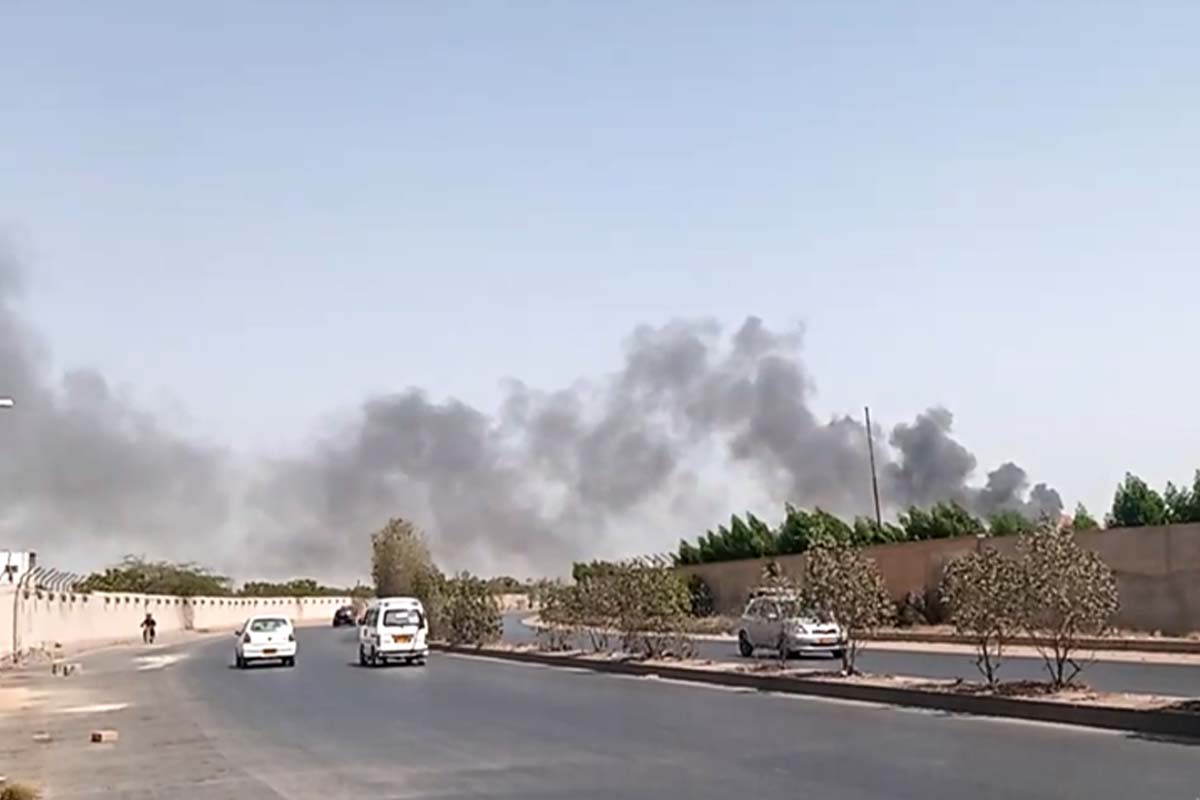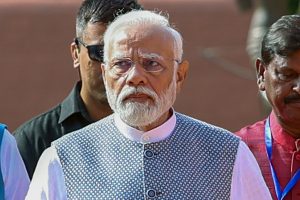The crash of a Pakistan International Airlines Airbus A320 aircraft in downtown Karachi is tragic. While the cause of the crash will only be determined after an investigation by crash specialists is concluded, certain aspects must be considered by aviation regulators and airlines around the world, including in India, as they proceed to resume flight operations after weeks of inactivity.
While the Airbus family of aircraft has served aviation well, and the A320 series (including the 319 and 321) are the workhorses of many fleets including of major Indian airlines such as Air India, Indigo and Vistara, there are maintenance challenges to overcome before planes parked on the tarmac for months on end can take to the skies.
Indian airlines operate more than 400 Airbus A320 series aircraft, nearly two-thirds of the country’s civil aviation fleet. Each parked aircraft requires 40 to 50 manhours of maintenance every few days.
This includes, among other things, turning the engines and auxiliary power units on every week; functional checks of the flaps every week and lubrication of flap mechanisms every two months; draining water from the fuel tank every week to prevent contamination and checking fuel for microbiological contamination every two months; rotation and checking of wheels every week and towing the aircraft once a month to cycle the landing gears’ shock absorber and lubricate its seals.
Additionally, cockpit windows and tyres must be covered to protect them from UV rays, anti-corrosion elements must be applied to the engine inlet tips and probes, and ports must be covered to protect them from insects and other foreign objects.
The tasks listed here are illustrative, and not exhaustive for single-aisle aircraft such as the Airbus A320 and the Boeing 737 have between 500,000 and 1.2 million parts that must work efficiently and in tandem to ensure safe passage for passengers.
While primarily it is the task of airlines and specialist maintenance companies to ensure airworthiness of aircraft, the onus of certification in India lies on the Director General of Civil Aviation. The DGCA must be guided in its supervisory role by a single consideration ~ safety of passengers, and certainly not by the whims of political and bureaucratic masters.
The aviation sector in India has been stressed for some time and in only the past few years, major airlines such as Kingfisher and Jet have ceased operations. Because maintenance costs a lot, according to some estimates a fifth of operational costs, airlines sometimes tend to cut corners.
While they may get away with minor short-cuts during operations, a fleet parked on the tarmac for weeks on end poses unique challenges that can be overcome only with rigorous maintenance efforts.
The onus for ensuring that every aircraft that takes to the Indian skies on Monday is fully fit lies on the airlines and the maintenance companies, but ultimately on DGCA. The last thing we need after the agony of a pandemic and the ravages caused by a super cyclone is news of an air disaster.











